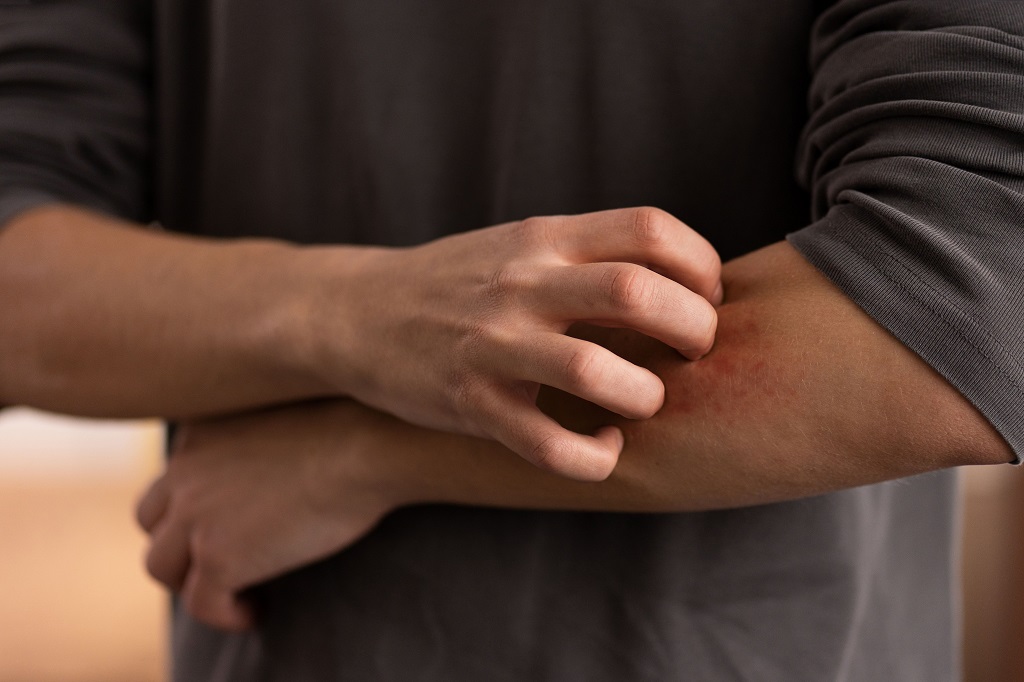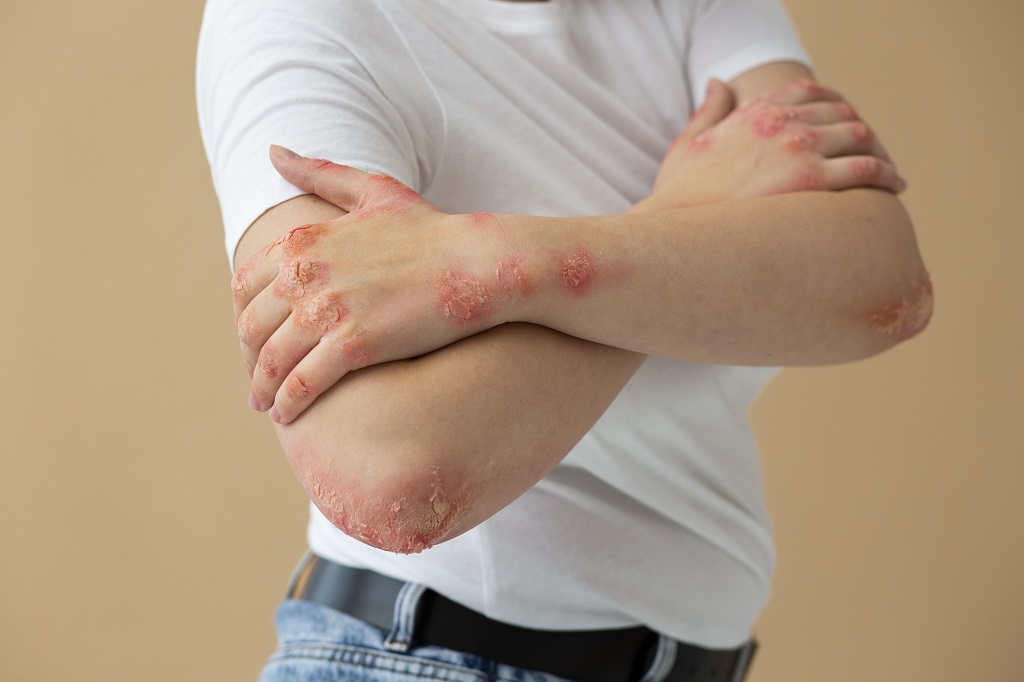What Does Lyme Disease Look Like?

Lyme disease, a tick-borne illness caused by the bacterium Borrelia burgdorferi, has become a growing concern in recent years. As the number of reported cases continues to rise, it is crucial to understand the various aspects of this debilitating condition. From its symptoms and signs to potential treatment options, exploring what Lyme disease looks like can empower individuals to seek timely medical attention. In this comprehensive guide, we’ll delve into the intricacies of Lyme disease, its symptoms, and the importance of seeking professional help for effective Lyme disease treatment.
What is Lyme Disease?
Lyme disease is an infectious disease primarily transmitted through the bite of infected black-legged ticks, commonly known as deer ticks. These ticks carry the bacterium Borrelia burgdorferi, which can cause a range of symptoms and complications if not diagnosed and treated promptly.
What are the Stages (phases) of Lyme Disease?
Lyme disease may evolve through phases (stages), which can overlap and cause symptoms that may involve the skin, joints, heart, or nervous system. These stages are:
- Early localized Lyme disease (weeks one through four).
- Early disseminated Lyme disease (months one through four).
- Late persistent, late disseminated, or just late Lyme disease (after four months, even up to years later).
How Common is Lyme Disease?
In the United States, about 30,000 cases of Lyme disease are reported to the U.S. Centers for Disease Control and Prevention (CDC) each year. But other, diagnosed cases aren’t reported.
Lyme Disease Symptoms
Recognizing the symptoms of Lyme disease is crucial for early intervention and effective treatment. The symptoms can vary widely and may present in stages, making it essential to be vigilant. Some common symptoms of Lyme disease include:
1. Early Stage Symptoms:
(A) Red, circular rash: One of the hallmark signs of Lyme disease is the appearance of a distinctive circular rash known as erythema migrans. This rash resembles a bull’s eye and typically develops within 3 to 30 days of a tick bite.
(B) Flu-like symptoms: Fever, chills, fatigue, headaches, and muscle aches may accompany the rash during the early stages.
2. Intermediate Stage Symptoms:
(A) Joint pain and swelling: If left untreated, Lyme disease can progress to the intermediate stage, where joint pain and swelling become prominent. This condition is known as Lyme arthritis and can affect large joints like the knees.
(B) Neurological symptoms: Some individuals may experience neurological symptoms, such as tingling sensations, numbness, and facial paralysis.
3. Late Stage Symptoms:
(A) Severe joint pain: Chronic Lyme disease can lead to persistent joint pain, particularly in the knees.
(B) Cognitive difficulties: Late-stage Lyme disease may result in cognitive impairments, including memory problems and difficulty concentrating.

Recognizing the Signs of Lyme Disease
Beyond the symptoms, understanding the signs of Lyme disease is equally important. These signs can help individuals identify potential exposure to ticks and prompt them to seek medical attention. Key signs include:
1. Tick Bites: Identifying tick bites is crucial, especially for those who spend time in wooded or grassy areas where ticks thrive. Conducting thorough tick checks after outdoor activities can help prevent Lyme disease.
2. Geographic Location: Lyme disease is more prevalent in certain geographic regions, including the northeastern, north-central, and Pacific coastal areas of the United States. Being aware of the prevalence in specific areas can heighten vigilance.
Lyme Disease Treatment
Early detection and treatment are essential for effectively managing Lyme disease. Lyme disease treatment typically involves antibiotics, such as doxycycline or amoxicillin, prescribed by a healthcare professional. The duration and type of antibiotics may vary based on the stage and severity of the infection.
Restoration Healthcare and Lyme Disease
Restoration Healthcare is committed to providing comprehensive healthcare services, including the diagnosis and treatment of Lyme disease. Restoration Healthcare uses a broad spectrum of integrative health protocols, including antibiotics, IV therapy, and neurological and immune support therapies, to address overall damage to the body.
Our experienced team of Integrative Physicians in Irvine, CA understands the complexities of tick-borne illnesses and employs a personalized approach to patient care.
Act Now: Reach Out for Lyme Disease Treatment!
In conclusion, understanding what Lyme disease looks like is pivotal for timely diagnosis and effective Lyme disease treatment. Recognizing the symptoms, and signs, and seeking professional help can make a significant difference in managing this complex condition.
If you have concerns about Lyme disease or tick bites, don’t hesitate to contact us or call us at (949) 523-1987 for expert guidance and personalized medical advice promptly. Restoration Healthcare stands ready to assist individuals in their journey toward optimal health, providing comprehensive care for those affected by Lyme disease.

